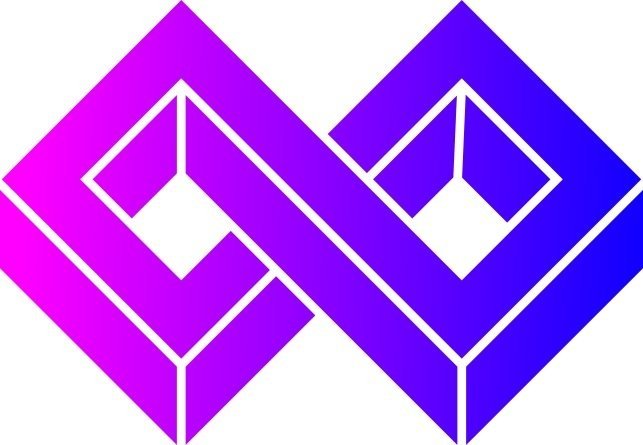A Successful, Vibrant, and Productive Career for Federal Employees
All Americans deserve access to pathways that lead to successful, vibrant, and productive careers. At the Technology Transformation Services (TTS) and the Centers of Excellence (CoE), we understand and strive to honor this vision by paving an accelerated pathway to foster learning cultures and adaptive workforce solutions within the federal government. To remain competitive and to stay ahead of rapid technological advances impacting many fields, our nation must urgently adopt an elastic culture of lifelong learning and growth mindsets to thrive in evolving workplace roles. Our nation’s economy, health, and safety depend on it.
How might the federal government support ongoing collaboration and partnership with leaders in both industry and the federal government to modernize opportunities along innovative career paths? According to the Office of Personnel Management (OPM), the federal workforce is composed of an estimated 2.1 million civilian workers. Congressional Budget Office (CBO) reports (PDF, 560 kb, 5 pages) that spending by the government was $4.1 trillion in 2018” which amounts to 20.3 percent of GDP in 2018 alone. The federal government directly impacts everyone, and should be prepared to serve its citizens with the workforce of the future, now.
Cross-cutting stakeholder engagement workshops, like the 2019 Summer White House Workforce Data Interoperability Sprint, capitalized on connections and opportunities for workforce transformation that exist at the root of trusting partnerships and reimagining the future of workforce data.
Tomorrow’s workforce depends more on team intelligence and less on individual roles—this is why the human-centered collaborative approach creates a critical structure and serves as a catalyst to realizing the workforce we envision for the federal government. Our opportunities include investing in more engaging learning experiences to help employees which will improve better service outcomes for customers. We can also focus on transferable approaches to work — the how, rather than the what — to improve work outcomes. Taking action on these opportunities also requires a shift of attitudes to foster where learning is essential to every role to keep the workplace toolboxes fresh, from frontline to C-suite.
Emerging technologies, such as quantum computing, artificial intelligence, and 5G, are transforming what we work on and how we do it. Rigid skill requirements and competencies of yesterday’s technologies and work cultures do not apply to the industries of the future. Rather than structuring policy around skills and complex task taxonomies that are at risk of becoming quickly outdated, how might we invest in defining traits, experiences, and behaviors of universal future performance indicators? How might these traits support us in the development of agile learning records which connect us to new technical skills as trends emerge. As a co-designer and participant of the Summer 2019 Workforce Data Interoperability Sprint to help inform the American Workforce Policy Advisory Board, my biggest takeaway was to advocate for strengths-based assessments that focus on competencies (the “how”) which enable skills (the “what”). We have an opportunity to reframe the “skills gap” to accommodate a more flexible system that more accurately reflects the changing nature of work.
A worker’s traits and behaviors, whether frontline or C-suite, should serve as the baseline for a modular and more nimble skills stack that is adaptable and transferable. Gallup studies show that motivation, work style, initiation, collaboration, and innovative thinking are common across thriving organizations no matter where you sit within that organization. In conjunction with an evolving set of technical skills, the following are Gallup’s examples of behaviors that are the foundation for the future workplace:
Build Relationships: trust, collaboration, support
Develop Others: meaningful feedback, develop strengths
Lead Change: see the need for change, adaptability, initiate
Inspire Others: recognition, vision, build enthusiasm
Think Critically: decide, evaluate, explain
Communicate Clearly: communicate, listen, encourage ideas
Create Accountability: set expectations, hold others accountable, hold self accountable
Moving forward, as a White House Presidential Innovation Fellow and Director of Workforce Solutions at the IT Modernization Centers of Excellence, I plan to dive deeper into the following questions:
Artificial Intelligence (AI) and automation will continue to change the ways Americans live and work. What will this experience be like and how will we tell the federal workforce story?
Data has a vital role in transformation. Since data moves at the speed of trust, how might we foster more people-centered collaborations and partnerships to ensure data transcends outdated operations to better serve the needs of our fellow citizens across the nation?
Partnerships with the private sector. How can we boost the ways the federal government is prototyping nontraditional, modular/nonlinear career pathways with the private sector, beginning with IT transformation and digital strategy?
Transformation begins with our most important resource (people). Lifelong learning is essential for American competitive economic growth. How might we model this behavior as the government?
The workforce of the future is collaborative and comprised of interdisciplinary teams: data scientists, artists, engineers, chemists, biologists, writers, architects, service delivery experts, and beyond. How do we shift away from the stereotype of the lone coder who saves the day to an aspiring image of more people working together? The future will not support or thrive in silos, nor will a single individual possesses all of the skills and experience necessary to keep us competitive.



